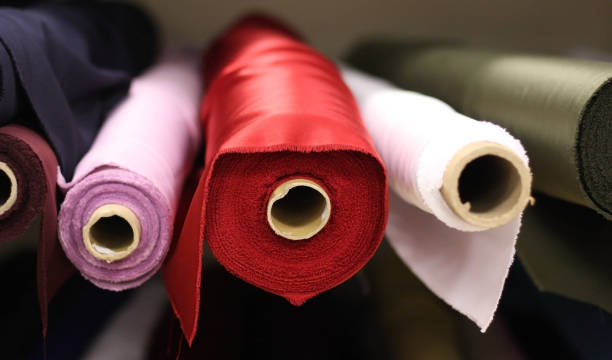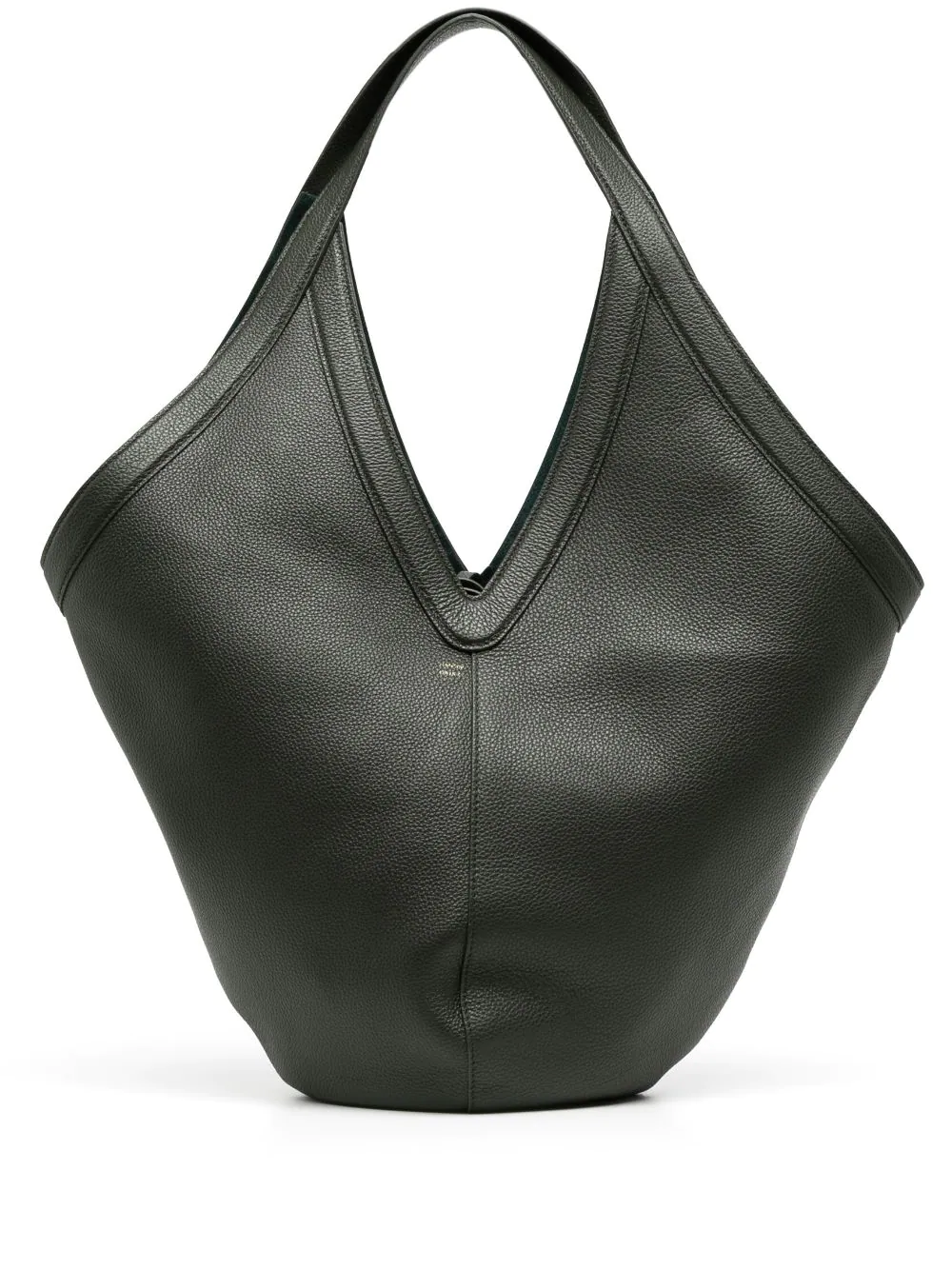Vera Bradley products are designed in Fort Wayne, Indiana, but are primarily manufactured in Asia, including countries like Myanmar, Cambodia, and Vietnam.
Table of Contents
Vera Bradley’s Design Roots: Made in the USA
What Are Vera Bradley’s Primary Manufacturing Locations?
What Happened to Vera Bradley’s US-Based Production?
Why Did Vera Bradley Shift Manufacturing Overseas?
How Does the Company Maintain Quality Control from Abroad?
What Are the Supply Chain Implications for Distributors?
Vera Bradley’s Design Roots: Made in the USA
While the physical assembly of Vera Bradley products largely occurs overseas, the heart of the company’s creative and strategic operations remains firmly planted in the United States. The company’s headquarters in Fort Wayne, Indiana, is the nerve center for all design, product development, marketing, and corporate management. This is where the iconic colorful patterns and innovative bag designs are born. Every print, from classic paisleys to modern florals, is conceived and refined by the US-based design team.
This domestic foundation is crucial for brand identity. The story of founders Patricia Miller and Barbara Baekgaard creating their first bags in a basement in 1982 is a quintessentially American tale. For distributors, it is important to differentiate between *design origin* and *manufacturing origin*. The “Made in the USA” aspect of Vera Bradley applies to its intellectual property, creative direction, and brand strategy, ensuring that the aesthetic and market positioning are closely aligned with its American consumer base. This separation allows the company to leverage domestic creative talent while optimizing production costs globally.
What Are Vera Bradley’s Primary Manufacturing Locations?
The vast majority of Vera Bradley’s products, including their signature quilted cotton bags, travel items, and accessories, are produced in Asia. The company has diversified its manufacturing portfolio to mitigate risk and optimize production capabilities. Key countries involved in Vera Bradley’s supply chain include Myanmar, Cambodia, Vietnam, and China. This multi-country strategy allows for flexibility in sourcing and helps balance labor costs, material availability, and geopolitical factors.
Myanmar has emerged as a significant hub for the brand’s production. However, to ensure a resilient supply chain, manufacturing is spread across several nations, each potentially specializing in different product types or materials. This global approach is common for large-scale consumer goods companies aiming to achieve efficiencies of scale. For distributors, understanding this geographical spread is key to anticipating potential shifts in production schedules, shipping times, and sourcing stability.
Here is a breakdown of the primary regions involved in Vera Bradley’s production network:
| Country | Role in Vera Bradley’s Supply Chain |
|---|---|
| Myanmar | A primary manufacturing hub for many of the brand’s core quilted cotton products. |
| Cambodia | A key production site for various bag styles and accessories, contributing to manufacturing diversification. |
| Vietnam | An increasingly important location for producing a range of items, known for its growing textile industry. |
| China | Historically a major manufacturing partner, now often used for sourcing specific components, hardware, and select product lines. |
What Happened to Vera Bradley’s US-Based Production?
For many years, Vera Bradley proudly maintained a portion of its manufacturing within the United States. The company operated a production facility in New Haven, Indiana, which was a point of pride and a tangible connection to its American roots. This domestic facility handled the sewing of a selection of their products, reinforcing the “Made in America” aspect that many consumers valued. It allowed for direct oversight and contributed to the local economy.
However, in 2015, the company made the strategic business decision to close the New Haven production facility and transition all remaining US-based sewing operations to its overseas partners. This move was part of a broader effort to streamline the supply chain, reduce operating costs, and enhance production efficiency. While the decision was difficult, it reflected the economic realities of large-scale manufacturing in the global marketplace. The closure marked the end of Vera Bradley’s in-house US assembly, fully shifting the company’s production model to an overseas sourcing strategy.
Why Did Vera Bradley Shift Manufacturing Overseas?
The transition to an entirely overseas manufacturing model was driven by several key business factors that are critical for distributors to understand. The primary driver was cost-efficiency. Labor and operational costs in Asian markets are significantly lower than in the United States, allowing the company to produce goods at a lower price point and maintain competitive retail pricing. This cost structure is essential for achieving the profit margins necessary to sustain a large, publicly traded company.
Another crucial factor is scalability. Overseas manufacturing partners possess vast infrastructures and labor pools capable of handling the immense volume Vera Bradley requires. Scaling production up or down to meet seasonal demand is far more agile with a network of large, established international factories. Furthermore, these regions are often epicenters of the global textile and accessories supply chain, providing direct access to raw materials, hardware, and specialized manufacturing expertise that would be difficult and expensive to replicate domestically.
How Does the Company Maintain Quality Control from Abroad?
Managing product quality across a decentralized, international supply chain is a significant operational challenge. Vera Bradley, like other major brands, employs a multi-faceted approach to ensure its products meet strict quality standards, regardless of where they are made. The process begins with setting meticulous specifications for all materials, from the cotton fabric and thread to zippers and hardware. These standards are non-negotiable and serve as the baseline for all production runs.
The company utilizes a combination of in-house quality assurance teams and third-party auditors who conduct regular inspections at partner factories. These inspections happen at various stages, including *pre-production* (verifying materials), *in-line* (checking items during assembly), and *final-shipment* (inspecting finished goods before they are packaged). By maintaining a rigorous and consistent inspection protocol, the brand works to identify and correct potential issues before products reach the distributor. This commitment to quality is fundamental to protecting brand reputation and ensuring customer satisfaction.
What Are the Supply Chain Implications for Distributors?
A global manufacturing footprint has direct and significant implications for distributors. The primary advantage is access to a high volume of products at a competitive cost. However, it also introduces complexities such as longer lead times due to ocean freight, potential customs delays, and exposure to tariffs and international trade policies. Geopolitical instability in a manufacturing region can disrupt the entire supply chain, leading to inventory shortages or delays. Distributors must remain aware of these variables to manage their inventory and sales forecasts effectively.
Furthermore, understanding a brand’s production model is paramount for distributors seeking partners with transparent processes and a commitment to exceptional craftsmanship. For those prioritizing different values, such as ethical sourcing or domestic production, exploring alternatives becomes a strategic necessity. For example, at Beld’t Ura Leather, our focus on artisanal craftsmanship and high-quality, ethically sourced leather offers a distinct value proposition. By managing production closely, we ensure a level of detail and material integrity that provides distributors with a unique story of quality and transparency to share with their customers.



